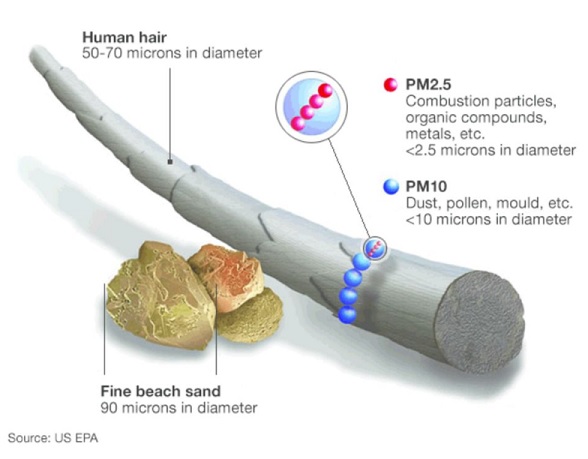The new guidelines, released on Wednesday, halve the recommended maximum for exposure to tiny particles called PM2.5s.
These are produced by burning fuels in power generation, domestic heating and vehicle engines.
"Almost 80% of deaths related to PM2.5 could be avoided in the world if the current air pollution levels were reduced to those proposed in the updated guideline," the WHO said.

It is also cutting the recommended limit for another class of microparticles, known as PM10s, by 25%.
Other pollutants singled out in the guidelines include ozone, nitrogen dioxide, sulphur dioxide and carbon monoxide.
Air pollution is linked to conditions such as heart disease and strokes. In children, it can reduce lung growth and cause aggravated asthma.
"Improving air quality can enhance climate change mitigation efforts, while reducing emissions will in turn improve air quality," the WHO says.

